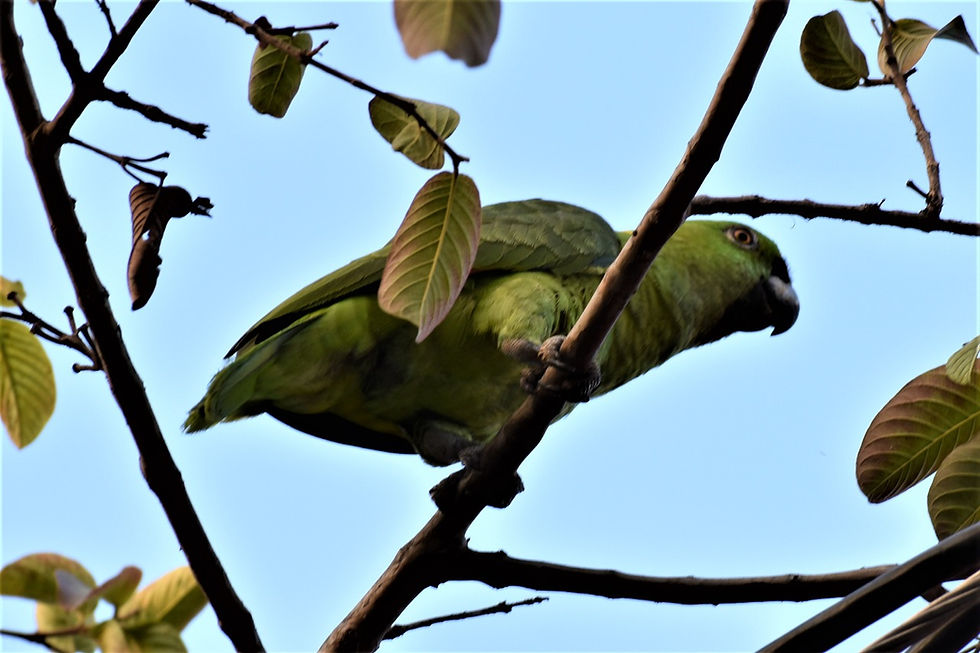Introduction to Entomophagy: A Nutritional Alternative
- HonNeo

- Aug 4
- 2 min read
Entomophagy—the practice of eating insects—is widespread around the world and offers benefits to those who engage in it. Insects provide excellent nutritional alternatives compared to conventional protein sources such as pork, chicken, beef, and fish. Edible insects are rich in protein, fats, minerals, and crude fiber, making them a valuable option amid the global homogenization of diets. The protein content of recognized edible insects is often higher than that of conventional foods like chicken, eggs, beef, beans, and lentils.
The use of insects as a food source is tied to their availability, abundance, and diversity, as well as to various cultural practices. In Brazil alone, more than 100 edible insect species have been identified. Some species are consumed not only for their nutritional value but also for their health benefits, as many insects are used in traditional medicine.

Fried butterfly larvae with guacamole.
Since the dawn of humankind, insects have been considered a vital part of the environment, influencing human society in profound ways—reflected in literature, oral tradition, medicine, art, food, religion, and mythology. Paleolithic cave paintings in Spain show how bees were valued for their honey as a source of nourishment and pleasure. In Mesoamerica, Indigenous groups succeeded in domesticating these insects and used both honey and wax not only as food but also for medicinal purposes and rituals.
It is projected that global demand for animal protein will increase by 76% by 2050. This will lead to higher water and energy consumption, and greater greenhouse gas emissions. However, insects are far more efficient at converting what they eat into body mass than any domesticated livestock. Raising insects requires significantly fewer resources, and most insects emit far fewer greenhouse gases than conventional livestock.
Whether consumed whole or as insect flour, insects could provide a solution to problems like child malnutrition—one of the major issues facing low-income communities around the world.
Follow us on social media:
Instagram: @honduras_neotropical
Facebook: @hondurasneotropical
By Isis Valle, biologist





Comentarios